Key points
• Component of a Septic System: A leach field, also known as a drain field, is an essential part of a septic system, which is used for wastewater treatment in areas without connection to main sewage pipes. It is designed to remove impurities and contaminants from the liquid that emerges after the sewage is processed in the septic tank.
• Function and Structure: The leach field consists of a series of underground perforated pipes, trenches, or beds lined with gravel or coarse sand, which disperse the pre-treated wastewater into the soil. The soil acts as a natural filter, removing harmful bacteria, viruses, and nutrients from the effluent, thus preventing pollution of groundwater and surface water.
• Maintenance and Longevity: Proper maintenance of a leach field is crucial for the longevity and effectiveness of the septic system. This includes regular inspections, avoiding excessive water use, and preventing the disposal of inappropriate materials down the drain. Failure to maintain the leach field can lead to system failure, environmental damage, and costly repairs.
Contents
- 1 Key points
- 2 Definition of a Leach Field
- 3 The Role of a Leach Field in Septic Systems
- 4 Overview of Leach Field Components and Function
- 5 Assessing Size and Configuration
- 6 Materials Matter in Leach Field Construction
- 7 Piecing Together a Leach Field: A Step-by-Step Process
- 8 Conventional Leach Fields
- 9 Alternative Leach Field Systems
- 10 Comparative Analysis of Different Systems
- 11 How Wastewater is Treated in a Leach Field
- 12 Routine Maintenance Practices
- 13 Identifying Common Leach Field Problems
- 14 Solutions and Repairs for Leach Field Issues
- 15 Regulations and Compliance
- 16 Frequently Asked Questions (FAQ)
Definition of a Leach Field
Also referred to as a drain field, the leach field is basically an underground configuration of perforated pipes nested in trenches. These pipes are surrounded by gravel or any similar material that facilitates water absorption and filtration into the soil. This subterranean setup remains outta sight but definitely plays a crucial role in waste management.
The Role of a Leach Field in Septic Systems
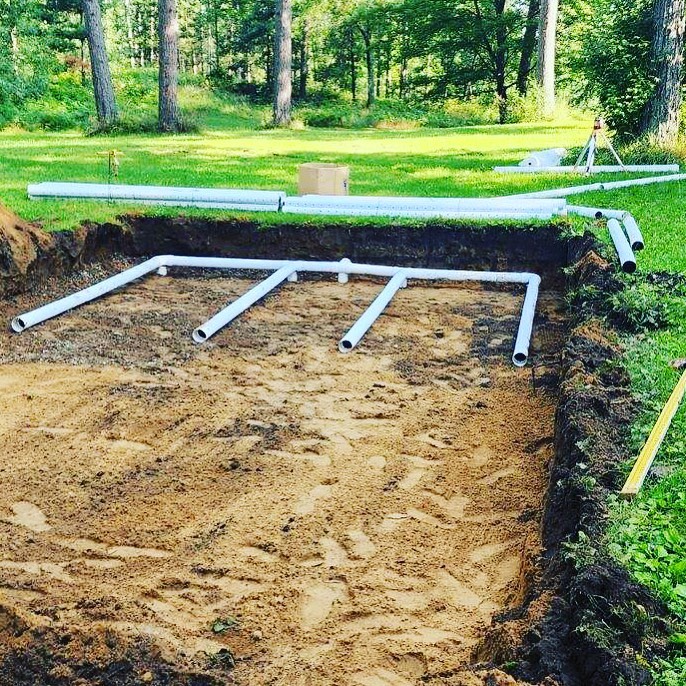
It’s the leach field’s job to deal with the liquid portion of your septic tank contents after solids have been separated out. It takes on the important task of dispersing this effluent safely back into the earth without causing contamination—that’s no small feat considering what’s at stake: our health and environment.
Overview of Leach Field Components and Function

The nitty-gritty parts of a leach field include several layers that each serve their own purpose. You’ve got your:
Piping – which carries effluent away from the septic tank
Gravel – or similar material, ensuring good drainage around those pipes
Soil – which acts as a natural filter, tackling any lingering contaminants in that wastewater.
Together, these elements make up a finely tuned machine. The wastewater seeps down through these layers, undergoing further natural treatment via microbes found in the soil, cleansing it before it merges back with groundwater sources.
Assessing Size and Configuration
Let’s talk size; it matters a ton when we’re delving into leach fields. The size of your leach field hinges on the daily wastewater flow and soil percolation rate—these factors help gauge the area your system needs to function effectively. Now onto layout considerations: the typical setup features trenches or beds, with some spaces opting for more innovative designs like chambers or drip systems tailored to specific land or sewage requirements.
Materials Matter in Leach Field Construction
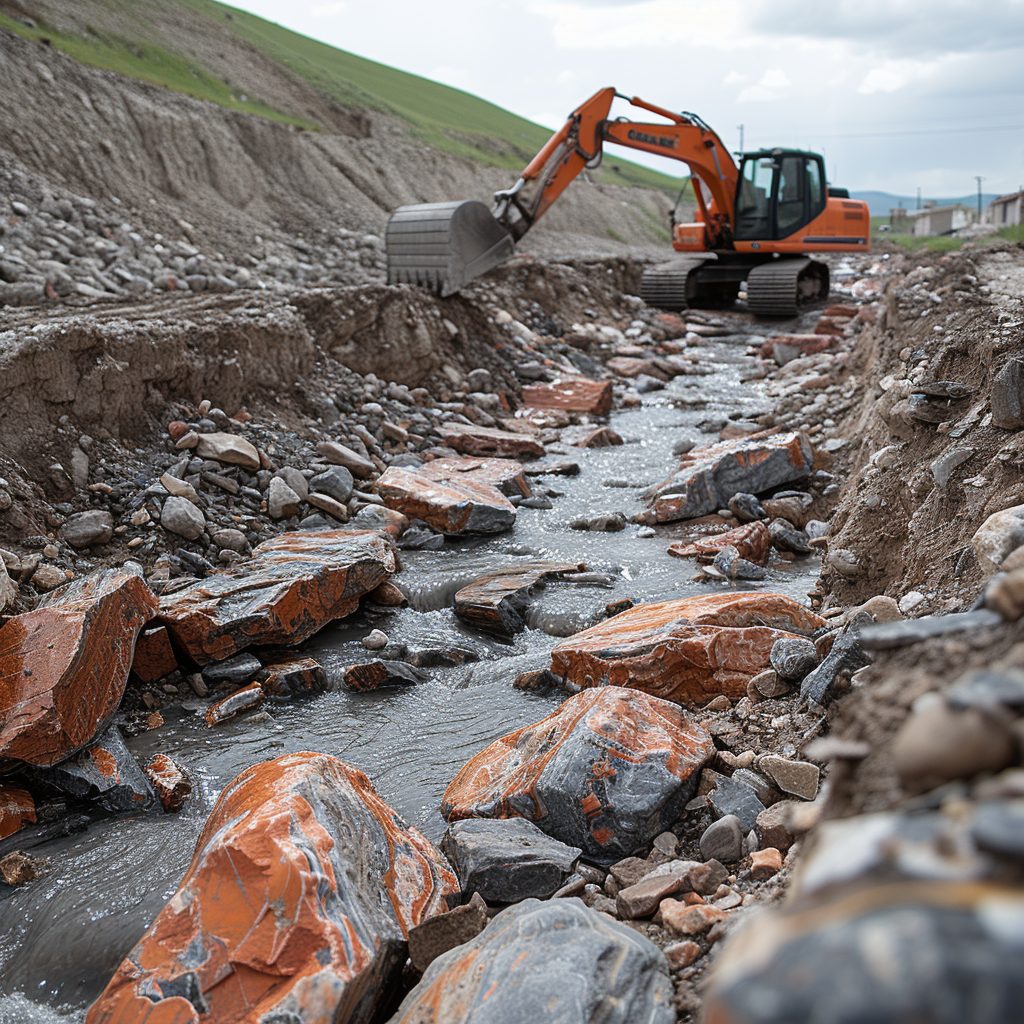
You can’t cut corners when it comes to materials for constructing a leach field. Pipes, usually perforated PVC, are common mainstays in carrying effluent from the septic tank to the leach field. Gravel is often employed as well, facilitating proper filtration and preventing dirt from clogging pipe holes. However, alternatives like sand or crushed stone might make an appearance depending on local regulations or design choices.
Piecing Together a Leach Field: A Step-by-Step Process
Firstly, excavation is king—creating trenches to precise depths and widths is crucial. Once dug, they’re filled partially with gravel (or its substitute), establishing an initial filter layer. Pipes then settle snugly atop this layer and are smartly perforated to distribute that wastewater evenly throughout the gravel bed. Speaking of precision, these pipes must slope just right — not too steep, not too flat — to keep things moving along smoothly.
Finally, covering everything up neatly with additional gravel and topping it off with soil seals the deal; grass may be planted over this topsoil later since it’s beneficial but keep those shrubs and trees at bay — their roots don’t play nice with your freshly built system.
Conventional Leach Fields
Owning a septic system comes with a fair share of responsibilities, and one of them is understanding the nitty-gritty details of the leach field, an integral part of your septic setup. At its core, the conventional leach field — often known as the good ol’ standard in septic drainage fields — relies on subterranean trenches or beds lined with gravel. Each trench is then covered by soil which naturally filters wastewater as it percolates through the ground. It’s pretty traditional and has stood the test of time for those with suitable soil conditions and enough space.
Alternative Leach Field Systems
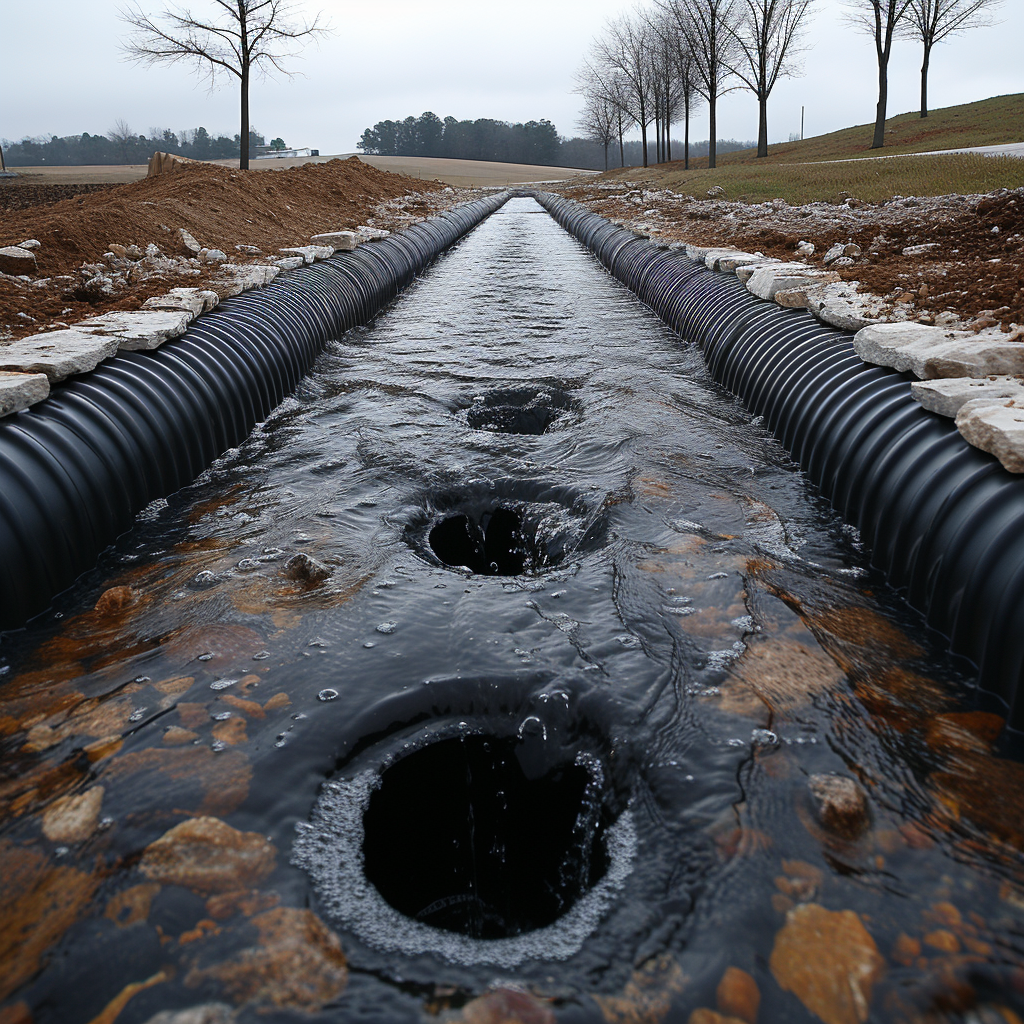
Now, not everyone’s dealt the same hand when it comes to their property’s percolation prowess, so that’s where alternative leach field systems enter the stage. These are designed for lots that have poor soil, high groundwater tables, or limited land – any circumstance really, where conventional systems might throw in the towel.
Chamber Systems
Let’s chat about chamber systems. Think of these as modern solutions often used when soils are less-than-ideal because you can wave goodbye to the gravel. Here, pre-fabricated chambers take center stage. They’re installed in trenches just like conventional fields but allow for more efficient wastewater treatment and dispersal. And bonus – they’re generally tough-as-nails and easy peasy to install.
Drip Distribution Systems
And then there’s drip distribution systems, an alternative worth considering if your space is a little tight or your soils are as uncooperative as a stubborn mule. It’s basically like a sophisticated irrigation system for your septic effluent – delivering it drop by precious drop directly to plants’ root zones through small tubes spaced evenly across the leach field.
Mound Systems
Sometimes you’ve gotta think outside the box, or above ground rather – that’s when mound systems come into play. When your soil depth wouldn’t even impress a kiddie pool, this elevated solution piles sand and other media atop natural soil to fabricate a well-drained mount fit for effluent treating purposes.
Comparative Analysis of Different Systems

So let’s size ‘em up and see how they measure against each other. Each system has its day in the sun depending on site specifics:
- The conventional approach requires ample space but keeps it simple and cost-effective for the right sites.
- The chamber systems knock it out of the park where gravel’s scarce or not favored, thanks to their versatility.
- Drip distribution likes to show-off when you’re dealing with shallow soils or uneven terrain areas.
- Mound systems step up to bat where others fear to tread – handling thin soils with finesse yet asking for more yard estate and some extra bucks.
Invariably, each system presents a delicate dance between environmental factors and human ingenuity. At times it’s practicality paired with probably a hint of preference that guides the final pick. But remember, skipping over maintenance matters with any choice is asking for trouble down the line; care goes a long way!
How Wastewater is Treated in a Leach Field
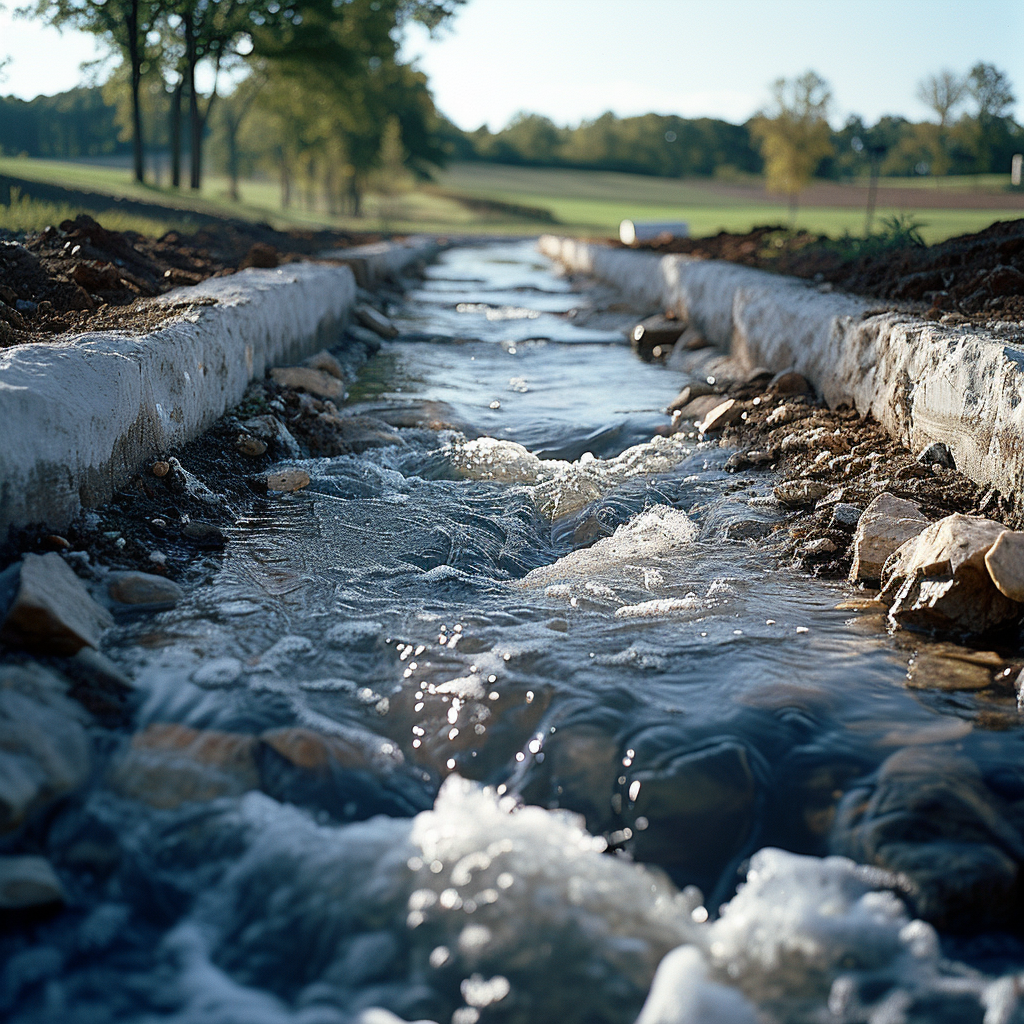
A leach field, occasionally termed a “drain field,” plays a pivotal role in your septic system by decontaminating wastewater before it’s returned to the groundwater. Here’s the lowdown on how it operates: Wastewater from your home flows into a septic tank, where solids settle down while oils rise to the top, leaving a middle layer of partially cleared liquid called effluent. Next up, this effluent progresses to the leach field. In simple terms, a leach field consists of a network of perforated pipes laid out below ground within trenches filled with gravel or similar material.
The Role of Soil in Wastewater Treatment
Once the effluent trickles out of these pipes, the surrounding soil gets down to business. The soil acts like a natural filter; it removes harmful bacteria, viruses and nutrients from the wastewater. It’s quite an intricate process, actually – physical filtering, biochemical reactions and decomposition all take place right there in the dirt. The cleaner water then continues its journey downward, eventually rejoining the groundwater system.
Maintenance of Optimal Functioning
To keep things running smooth in your leach field, regular maintenance is key. You’ll want to avoid overloading the system with too much water at once – spread out laundry days and try not to take on marathon shower sessions. Steering clear of flushing anything down the toilet that doesn’t belong there (such as wet wipes and coffee grounds) also goes a long way in preventing clogs. Plant roots can be mischievous, too – they love infiltrating those juicy sewage lines for nutrients – so keep trees at a safe distance from your leach field.
Believe it or not, how you landscape matters as well; ever heard that grass is always greener over the septic tank? Well, keeping it that way provides oxygen exchange which aids soil absorption – but avoid heavy structures that could compact the soil. Finally, don’t skip out on professional inspections and pump-outs as recommended by local guidelines or sooner if issues arise. A little TLC will help keep everything in tip-top shape!
Routine Maintenance Practices
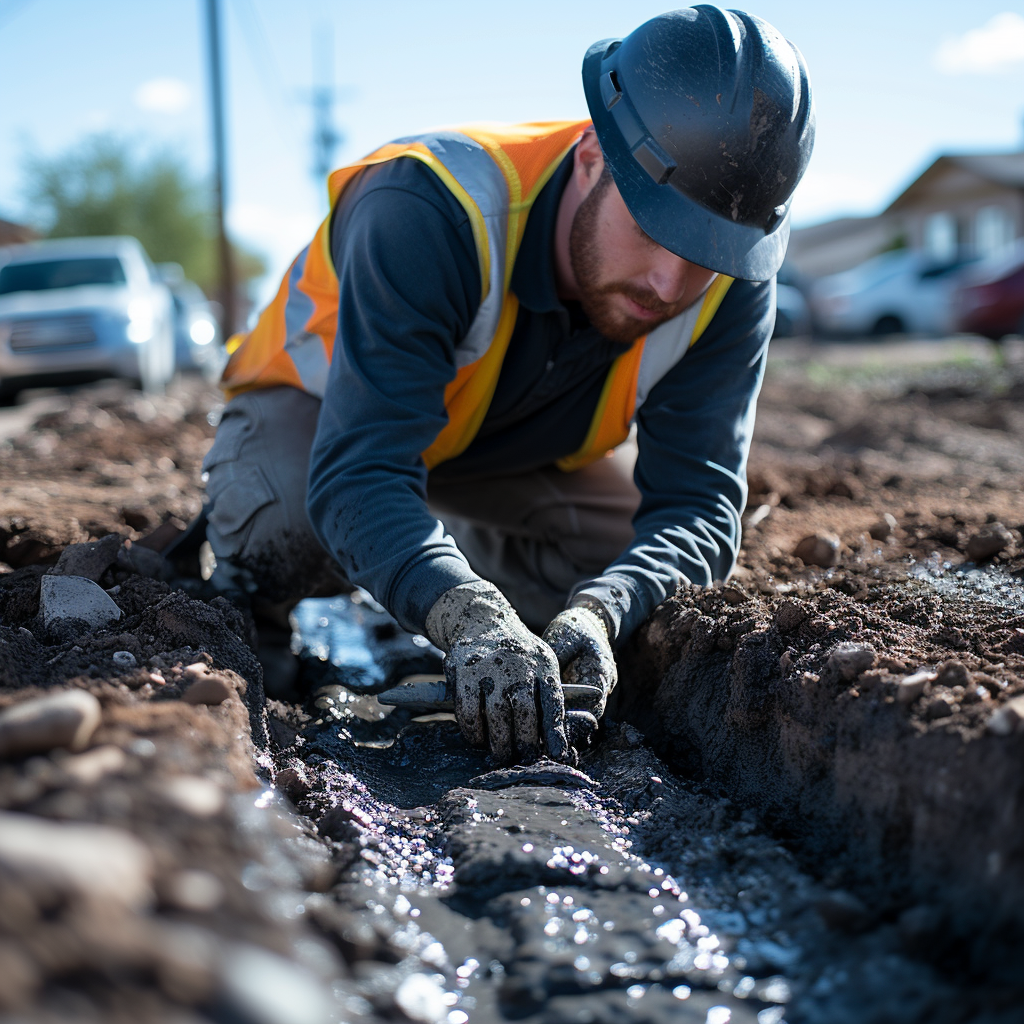
Maintaining your septic system is crucial for its longevity. At the core of routine upkeep is having periodic inspections performed by pros, which should be on your calendar every three years or so. Pumping the tank is also a non-negotiable, slated every three to five years based on usage and size. Steer clear of physical damage by keeping vehicles and heavy machinery away from the system components – it’s just common sense.
Flushing anything other than waste and toilet paper is a definite no-no; this isn’t a trash can. High-efficiency fixtures reduce water overflow, ensuring the system isn’t overwhelmed. Additionally, look after the drain field – keep tree roots at bay; drainage patterns above should remain unaltered. Remember, your septic is not fond of harsh chemicals – they wreak havoc on the internal balance, so use them sparingly.
Identifying Common Leach Field Problems
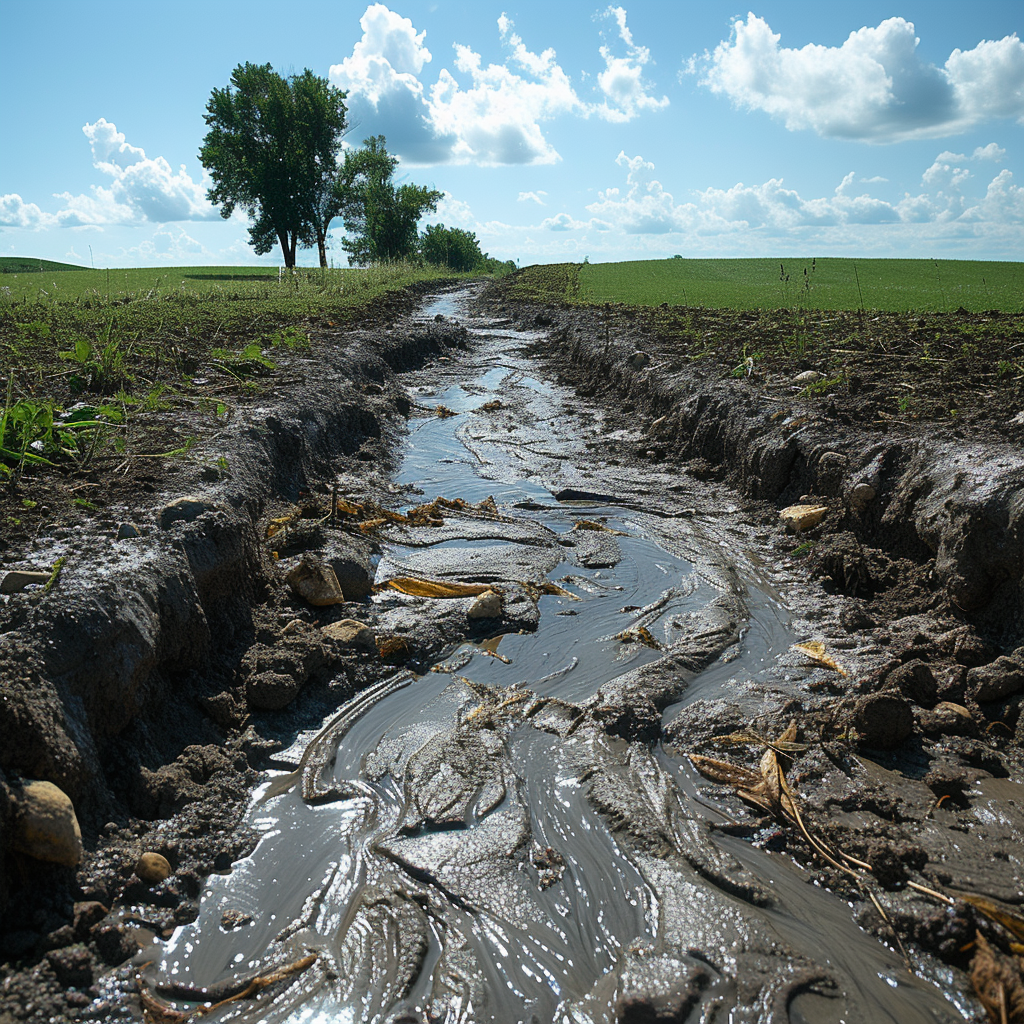
When things go south with your leach field, signs will crop up to let you know there’s trouble brewing. Watch out for mushy ground or pooling water; this usually means the leach field is no longer absorbing effluent effectively. Foul odors wafting from the yard? That’s another telltale sign things aren’t quite right underground. Slow drains throughout the house could signal that your system is backing up – not something to ignore!
Vegetation growth tells its own story as well – lush grass over the leach field can indicate excessive moisture beneath. And let’s face it, sewage backups in the home are as clear as day – if you spot this, immediate action is needed! Lastly, high levels of nitrates or coliform bacteria in nearby water sources spell trouble – these shouldn’t be present if everything’s functioning properly.
Solutions and Repairs for Leach Field Issues
Fixing leach field mishaps often starts with some detective work to figure out what went wrong. If excess water is the culprit, cutting back on usage could alleviate pressure on the system. Septic tank additives sometimes offer a helping hand by breaking down solids more efficiently – but they’re no miracle cure. In scenarios where physical damage has occurred or there’s serious clogging, repairs might include replacing pipes or installing new sections of the leach field.
For persistent problems or those that make you scratch your head, calling in an expert’s always wise—they’ve seen it all before and can advise on custom solutions. Advanced treatments such as aerating the soil or adding bacteria may be suggested to rejuvenate an underperforming system. Worst case scenario: a complete overhaul may be deemed necessary if repairs just won’t cut it.
In essence, combining savvy maintenance with quick responses to issues ensures you’ll get a good run from your septic system—it’s all about being proactive rather than reactive when dealing with such vital home infrastructure.
Leach Field Impact on Groundwater
It’s no secret that leach fields play a pivotal role in the proper functioning of septic systems. However, they also have a significant influence on the well-being of groundwater resources. The overarching goal is to ensure that effluent discharged from the septic tank is adequately treated by soil microbial action before it beckons groundwater.
This process helps to keep contaminants at bay, safeguarding groundwater from pollution. To mitigate any adverse effects, the leach field must be meticulously located and constructed, taking into account the type of soil and its absorption capabilities, as well as the water table’s proximity.
Sustainable Practices for Leach Field Management
Bearing in mind sustainability, there are a handful of practices that can help maintain an efficient and environmentally friendly leach field. First off, regular inspection and pumping of the septic tank are crucial to prevent solid waste from sneaking into the leach field.
Moreover, conserving water reduces the burden on the system, while steering clear of pouring hazardous chemicals down the drain keeps harmful substances out of your leach field. Another smart move is plant management; opting for grass or small plants above your leach field can prevent erosion without endangering the pipes with deep roots.
Regulations and Compliance
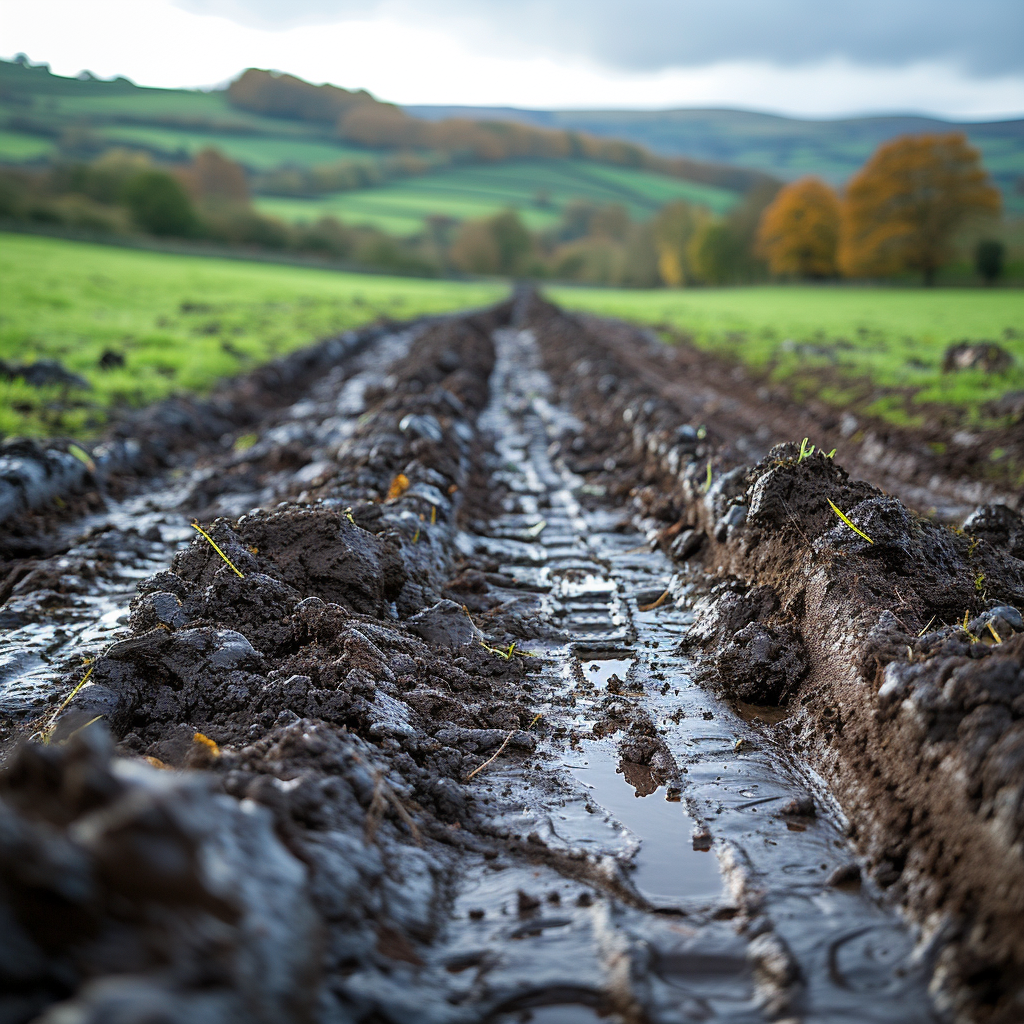
Staying in line with local regulations is a must when managing a septic system and its leach field. These laws are shaped around ensuring that both human health and environmental integrity aren’t compromised. So, one might have to get their feet wet with permits and guidelines when installing or modifying a leach field. It’s also worth noting that periodic testing might be part of the deal to confirm that your system is playing by the rules and not causing a ruckus below ground.
Managing a septic system’s leach field requires a deft blend of foresight and stewardship. Keeping even just a little bit informed about how your actions affect groundwater quality can have huge payoffs in terms of environmental conservation. And hey, while staying on top of sustainable practices can require some elbow grease, it’s also key to prolonging the life—and performance—of your system. Lastly, legal compliance isn’t just red tape; it’s an assurance that environmental standards are upheld for everyone’s benefit.
Frequently Asked Questions (FAQ)
How can chemicals from household cleaning products affect my leach field's overall function?
Chemicals in household cleaners may disrupt the essential bacterial action within your septic tank and subsequently the leach field, which can cause an imbalance in the decomposition process and interfere with proper filtration.
Is seeking advice from Asphalt Paving Contractors recommended when planning to pave near a leach field?
While Asphalt Paving Contractors are experts in paving, it’s crucially important to consult with a septic system specialist before paving to ensure no damage occurs to the leach field beneath, as this area requires careful handling.
What indicates a problem with my home's leach field causing potential wastewater management issues?
Signs like odors, slow drains, and wet areas on your property can be indicators of a malfunctioning leach field that needs immediate attention to prevent wastewater mismanagement.
In what ways is maintenance of my septic tank directly linked to the health of the leach trenches?
Regular upkeep of your septic tank, such as pumping out solids, helps prevent clogs in the leach trenches. An overaccumulation of matter could lead to blockages and ultimately diminish system efficiency.
What happens if soil conditions around my weeping bed aren't suitable for a standard leaching approach?
Unfit soil conditions may require an alternative design for your weeping bed or additional treatments like sand or mound systems to compensate for inadequate filtration properties.
'Forbes Home 'listed several must-dos for homeowners; do any relate specifically to responsible bacteria care in leaching fields?
‘Forbes Home’ suggests homeowners utilize septic-safe products and avoid introducing excessive FOG (fats, oils, grease) into their systems, which is vital for maintaining healthy bacterial levels within leaching fields.
'One Biotech editor claims tree roots have infiltrated his drain lines; what steps should he now take with his system?
‘One Biotech’s’ editor should immediately seek repair services since tree root infiltration can significantly damage drain lines, leading to compromise in system integrity and necessitate urgent rectification.
'Are pressure distribution lines really that crucial for my property's septic setup?' wonders a concerned homeowner. What should they know?
‘Indeed they are. Pressure distribution lines are key components. They help evenly spread effluent throughout the drainage field, ensuring more uniform treatment of waste liquids and enhancing overall system effectiveness.’

I’m Tim Robberts, a seasoned wastewater treatment & septic system expert with over 40 years of experience in the field. My career began as a septic tank installer, and I quickly gained a reputation for my attention to detail and commitment to excellence. Over the years, I’ve honed my skills in designing, installing, and maintaining septic systems for residential and commercial properties.